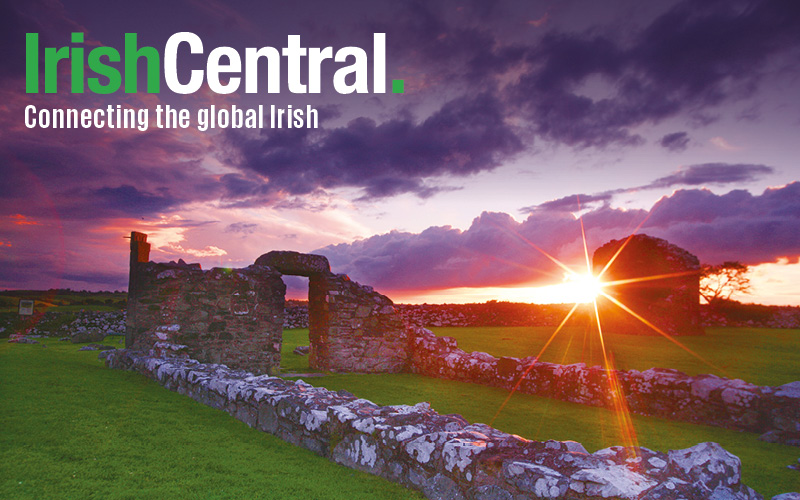How many know that trick-or-treating, the “Jack-o-Lantern” and other origins of Halloween can be traced to Ireland and the ancient Celtic New Year? The Museum‘s “Halloween Discovery Day: Celtic Origins” explores the Celtic origins of many of the Halloween traditions here in America.
Storytelling and activities for young children will illustrate some of the common customs that began in Ireland and have been handed down among generations of families in America.
How did turnips in Ireland transform into carving pumpkins in America? Help your children and grandchildren “DISCOVER”!!
CELTIC ORIGINS OF “HALLOWEEN”
Halloween's origins date back to the ancient Celtic festival of Samhain (pronounced sow-in; “summer’s end”). The ancient Celts living in what is now Ireland divided their year into two seasons: summer and winter. They celebrated their “New Year” at the end of the harvest season, about what is now November 1 in the modern calendar. This day marked the end of summer and the harvest and the beginning of the dark, cold winter. Celts believed that on the night before the New Year, the boundary between the worlds of the living and the dead became blurred. On the night before (now October 31) the traditional Celtic New Year, they celebrated Samhain, when it was believed that the ghosts of the dead returned to earth. The Celts thought that these otherworldly spirits wandered throughout the lands at this time.
In order to prevent unwelcome spirits entering their homes at this time, the Celts created menacing faces out of turnips and left them on their doorsteps. Adding a lit candle to the hollowed out face gave added protection. In modern times, pumpkins are used. They're considerably easier to carve, and a lot bigger, too, but they are not native to Ireland.
With the rise of Christianity and the Christian calendar, the end of the harvest transformed from the pagan Samhain festival to a more “hallowed Christian ceremony” called Hallowmas, or All Saints' Day, to commemorate the souls of the blessed dead who had been canonized that year. Then the night before became popularly known as Hollantide, All Hallows Eve, and eventually what it has become known today as “Halloween.”
“JACK-O-LANTERN”
According to legend, the origin of the modern American “Jack O’Lantern” concept can be found in the tale of a young smithy by the same name who made a pact with the Devil during a gambling session. He managed to thwart the Devil and extracted a promise from him that he would never take his soul. When he eventually died, Jack O’Lantern was refused entry to heaven on account of his wild ways on earth. The Devil, remembering his earlier promise, also refused to allow him into his dark world. So Jack was condemned to roam the dark hills and lanes of Ireland for eternity.
is only possessions were a turnip with a gouged out centre and a burning coal, thrown to him by the Devil. He put the coal inside the turnip to light his way through the dark countryside where he still wanders.
COSTUMES (“GUISING”) & TRICK OR TREATING
The origin of Halloween 'trick or treating' can be traced to a Celtic tradition of dressing in a disguise – “guising” – as part of the Samhain (see above) harvest festival celebrations that included costume gatherings, lighting bonfires, apple bobbing, storytelling, etc. In their “guise,” people went out into the villages to collect eggs, nuts and apples from the individual cottages. These offerings from cottage residents were meant to bring to the “giver” some protection from bad luck such as damage to crops or livestock in the next year. Those who were miserly in their offerings were likely to have a trick played on them. These pranks were harmless enough, but intended to cause confusion, such as changing the direction a house or farm gate opened.
Please call ahead (427-1916) to let the Museum know you’re joining us so we can plan to have enough for all the children! The special event is FREE, with FREE PARKING on Albany streets around the Museum. Please do not park in the private lots behind the Museum.
For more information visit www. irishamericanheritagemuseum.org or email [email protected].




Comments